Ferry from HKIA to Guangzhou
There are several ferries operating between Hong Kong Internation Airport and mainland china, but most of them are not very convenient if you want to get to downtown Guangzhou. The only exception is the ferry from HKIA to LianHuaShan. There are 3 ferries per day in each direction and this is definitely the easiest way to get to Guangzhou if you are flying in or out of HKIA. The same company also operates ferries to HK downtown, but we don't recommend this over the train.
The ferry journey time is around 1 hour 45 minutes, and the cost is $HK380 per adult (there are also different class options). From LianHuaShan port to downtown guangzhou the travel time is 50 minutes by taxi and the cost is just over RMB120.
You can buy ferry tickets online or at the ferry terminal.
For more information on the ferry service you can see their official site http://lhsgp.com/en/
Advantages of the LianHuaShan Ferry
- Fast
- Easy access to HKIA
- Less congested than the trains, quick and easy getting through immigration
- Hassle free if you have luggage
Disadvantages of the LianHuaShan Ferry
- Only 3 departures per day
- Expensive
- It can be hard to get a taxi if you arrive at LianHuaShan port
Other Options
You can also Travel between Hong Kong and Guanghzhou by bus. This is no faster than the train, but it is cheaper. We don't recommend it unless you have no other option.
There are also hire cars that will drive you between the two cities. Other than this being a door to door service, we cannot understand why you would want to do this given that it is extremely expensive.
If you are heading from Hong Kong to Guangzhou, take a look at our Guangzhou Travel Guide, for an insider's guide of Things to do in wonderful Guangzhou, or check out our recommendations for The Best Dim Sum in Guangzhou.
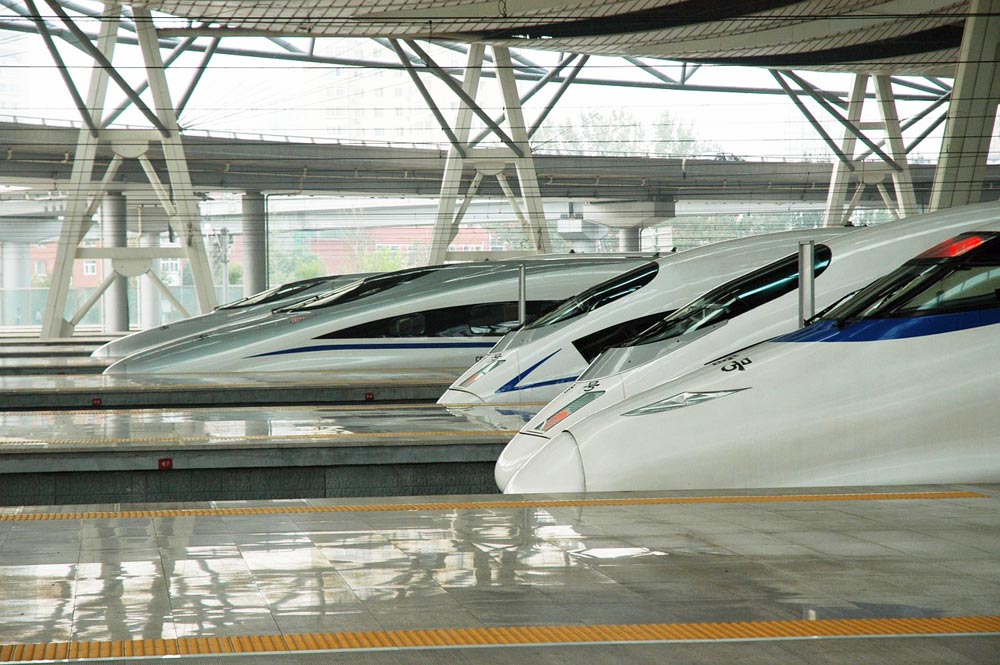
1558267200000
The Best Ways to Travel from Hong Kong to Guangzhou
What is the best way to travel from Hong Kong to Guangzhou - Here are the 4 best!
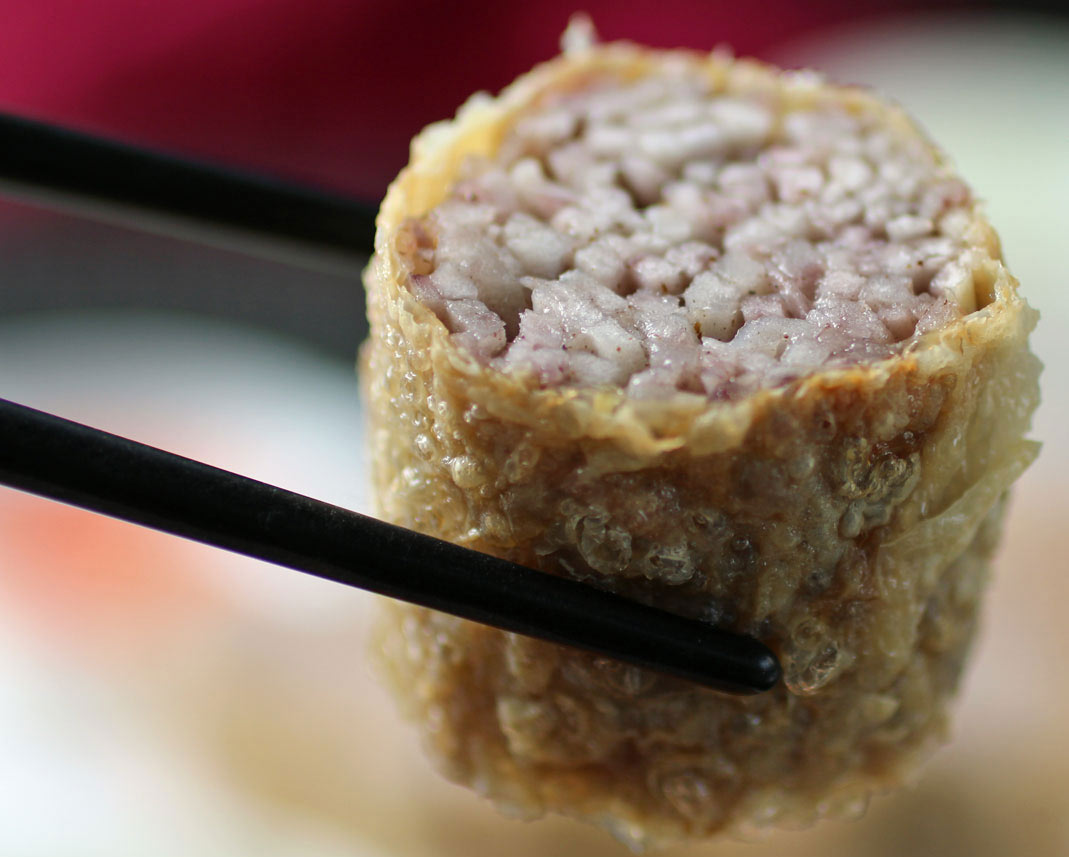
1557748800000
Where to find the Best Dim Sum in Guangzhou
In Guangzhou you are spoilt for choice when in comes to Dim Sum. With a mixture of both traditional and contemporary varieties, fresh ingredients and highly skilled chefs, you will find quality and diversity that far exceeds other cities.
Here is a list of our favourite places for Yum Cha in Guangzhou!
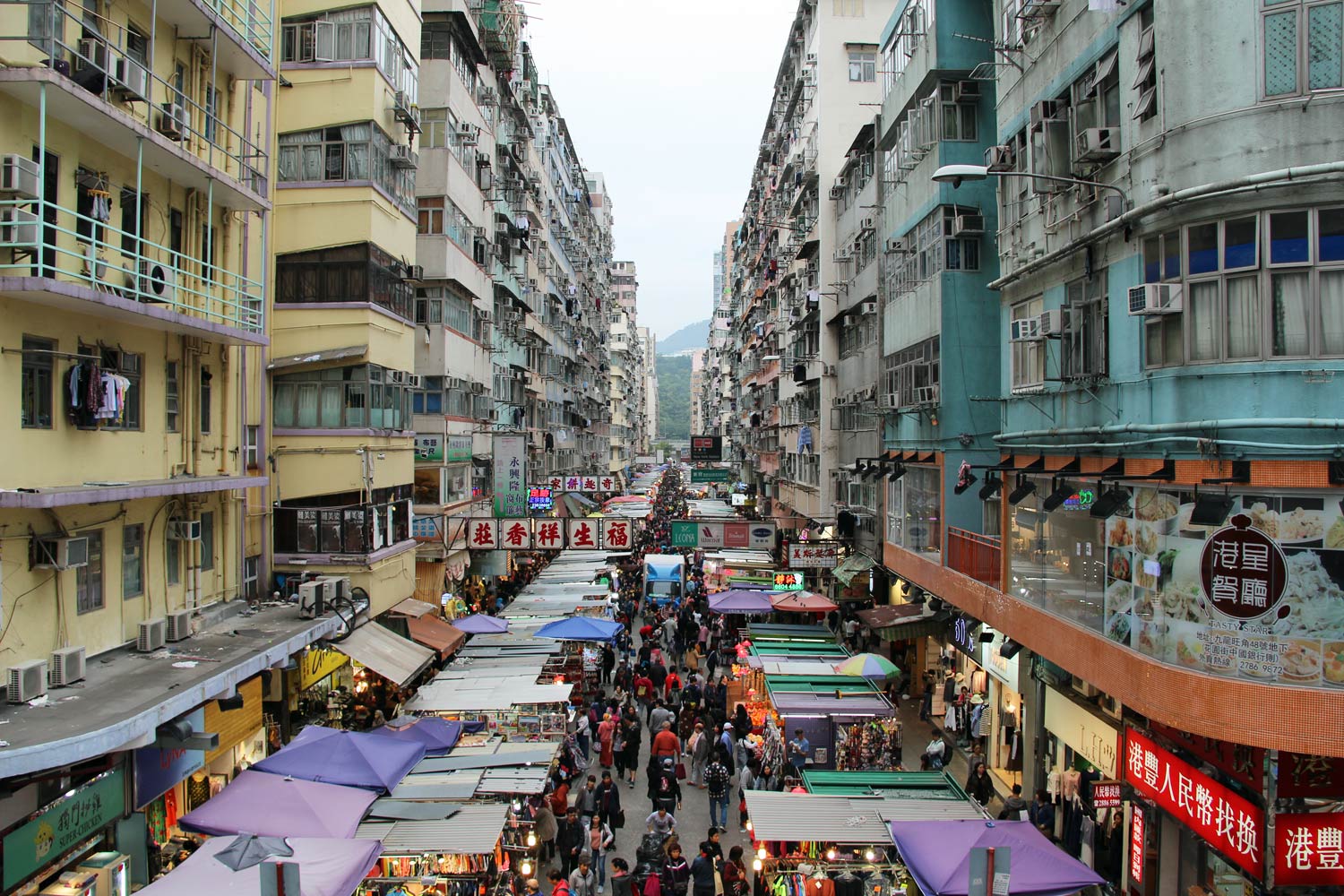
1524147188000
Things to do in Mongkok | An Insiders Guide
Mongkok, insanely overcrowded, humid as hell and full of great things to do. For shoppers, Mongkok has both luxury malls and street markets. For foodies, Mongkok may be the highlight of your trip to Hong Kong with abundant street food, desserts and local eateries. Enjoy our insiders guide to Mongkok.

1503466234000
Hong Kong Street Eats | The best Street Food in Hong Kong
Cantonese people love to eat, and Hong Kongs street food reflects that. With a mixture of traditional cantonese snacks and contemporary delicacies, the street food is so good that the Michelin guide for Hong Kong included a street food category since 2016. Whilst in the 1950s & 60s Hong Kong streets were studded with street food hawkers selling from carts, today you are more likely to find your favourite street food being sold from small shops and stands on street corners. Take yourself on your own eating adventure around Hong Kong sampling some of the snacks below, or join one of our Hong Kong food tours. Egg Waffles (Gai Daan Zai)Gai daan zai, or Egg Waffles are one of the most popular Hong Kong street snacks. Made from a batter of egg, wheat flour, evaporated milk, and sugar, these are a locals favourite. You’ll encounter its sweet, tempting scent often as you wander the city streets.Besides the traditional flavour egg waffle, you can now find all sorts of modern variations including Pandan and Chocolate flavours, or served with ice cream, and even our favourite, peanut butter with condensed milk!Where to find Hong Kong Egg Waffles? It is easy to find gai daan zai in Hong Kong, but lots of it will be soft, soggy or not tasty. If you want to try one of the best versions in the city, head to Lei Kung Kee (492 Kings Rd., North Point), a hole-in-the-wall near North Point MTR. Expect long queues in the afternoon. Dao fu faDao fu fa is a popular snack in Hong Kong. Made from coagulated soybean milk—essentially very soft tofu—it can be eaten hot or cold and is normally served with a sweet sugar or ginger syrup. Sometimes it is also served with fruit or mixed with black sesame paste. Good-quality dao fu fa should be soft and silky-smooth.Where to try dao fu fa? The tofu at A1 Tofu Company (103 Kweilin St., Sham Shui Po, Kowloon, Hong Kong) is made from organic Canadian soybeans, and is known for having exceptionally great texture. Pig Intestines (Ja Zu Da Cheung)Pig Intestines. Doesn’t the name just make you salivate? Probably not, but this is a popular street snack in Hong Kong. It is a labour intensive and time consuming process to prepare these intestines. First they need to be cleaned with salt and flour, boiled for an hour, coat with malt sugar and dry for 3 hours before putting them in the deep-fryer. You can hide the flavour with some mustard or hoisin sauce. The intestines themselves are a bit chewy, in some ways like squid. Just hope that your intestines were cleaned properly before being deep fried!You can find pig intestines at any of the street snack stalls that you find scattered around Hong Kong. Try Mongkok or Sham Shui Po for your culinary adventure. Curry Fish Balls (Ga Lei Yu Dan)Curry fish balls is one of the best known Hong Kong Street Foods, and can be found throughout the city. In Cantonese these are literally called “Fish Eggs”, and are 5 – 7 small balls of minced fish mixed with flour and boiled in a spicy curry sauce. Served on a bamboo skewer, they are cheap, flavoursome and easy to find. These are so popular that you can even buy them at 7-eleven. If you are interested in trying Curry Fish Balls, this Hong Kong street snack that has been a staple over the generations is one of the tastings on our Kowloon Food Tour.Where to try it Hong Kong curry fish balls?The best is from Lam Kee hidden in Hung Hom Cha Kwun Lei. They have been around for many years and expect long queues during lunch and after school hours. Their old-styled traditional sauce made from oyster sauce, dark soy sauce, star anise and curry. HKD$7 for 6 fish balls. Stinky Tofu (Cau Dou Fu)Stinky tofu is fermented tofu that can be found as a street food in Hong Kong. This weird food has its origins in mainland China, but can also be found in Hong Kong and Taiwan. The Taiwanese are especially fond of this pungent food, serving more varieties than you can find in Hong Kong.The stink in the stinky tofu is from a fermented brine made from fermented milk, vegetables, meat and shrimp. Fresh tofu is immersed in the brine for a day or two to get its flavour. The smell of stinky tofu is quite overpowering. It reminds me of the open sewers in Africa. You will need to overcome your natural instinct not to eat food with a rotten smell to try this snack.In Hong Kong stinky tofu is normally deep fried and served with hoisin sauce. In the past, stinky tofu was sold in street carts in busy areas like Mong Kok. Nowadays, you can find them in these little street side snack food shops dotted around the city. Fried Squid (Ja Yao Yu)Who doesn’t like some fried squid? The best fried squids are ones that are lightly battered, deep fried in oil over 180 degrees resulting in really crispy coating and crunchy squid inside. Kai Kei Snack (41 Dundas Street, Mong Kok) is a locals favourite for fried squid. Pineapple Buns (Bo Lo Bao)Pineapple buns are a sweet bun that is popular in Cantonese bakeries around the world. The pineapple buns actually contains no pineapple but got its name from the appearance of the sugary crust on top of the bun which has a pattern like pineapple skin.It may just be a simple bun, but it was listed by the Hong Kong Government as part of Hong Kong’s intangible heritage in 2014.Traditional pineapple buns contain no filling, but common variations include a red bean paste filling, or even real pineapple.Many Hong Kong restaurants, such as , offer an item called a buttered pineapple bun, which is a pineapple bun with a piece of butter stuffed inside. They are known in Cantonese as bo lo yau (菠蘿油), which translates literally to pineapple oil.In our humble opinion though, the best pineapple buns are found across the border in Guangzhou. Try Bing Sheng for their famous oversized buns with a pineapple filling.In Hong Kong we recommend Kam Wah Restaurant (47 Buke Street, Mongkok), their famous hot Bo Lo Yau (HKD$10) will live up to your expectations. Crunchy crust, soft bun and butter that melts as soon as you put the bun into your month. Lo Po Bang (Wife Cakes)Lo Po Bang or Wives Cakes is one of the most popular traditional pastries in Hong Kong. Originating from Guangdong in mainland China. The paste is a sweet mash of wintermelon, sugar and glutinous rice flour. We like our Lo Po Bang to have a good amount of wintermelon inside, the paste should be smooth and the pastry soft and flaky.There is a beautiful legend behind the origins of Lo Po Bang. It is said to have been invented by a man living in a small village in China. His father was terminally ill, and the man and his wife had spent all their money on trying to find a treatment to save the father. In the ultimate self sacrifice, the wife sold herself into slavery to raise more money to save her father in law. After the husband learned of his wife’s actions, he invented Lo Po Bang and sold enough to buy back his wife and save his father.You can find Lo Po Bang in most bakeries in Hong Kong, however the quality varies enormously and some to be honest are unpalatable.To try some great Lo Po Bang in Hong Kong, head out to Hang Heung Cake Shop in Yuen Long, 66 Castle Peak Road, Yuen Long, Hong Kong Lo Mai Chi (Glutinious Rice Balls)Lo Mai Chi are sweet glutinous rice ball. They sometimes have dried coconut on the outside and can be made from a variety of fillings including red bean paste, mango and durian. There are also more modern varieties with chocolate fillings.In Hong Kong you will find small speciality shops that sell freshly made Lo Mai Chi. The English name for these is often written as Nuomici, which Mandarin, not Cantonese.Lo Mai Chi are similar to Japanese Mochi, but the glutinous rice is softer and more sticky.Cheung Chau, one of the outlying island of Hong Kong is famous for Lo Mai Chi. Yong Xing Dessert place (3 Sun Hing Street, Cheung Chau) makes one of the best mango lo mai chi. Dragon Beard Candy (Long So Tong)Dragon beard candy is a traditional Chinese candy that you can find in Hong Kong. It is similar to fairy floss. The process of making the candy is often used by street sellers to attract customers, as the art of making it is in itself eye-catching. Dragon beard candy has a history of more than 2000 years in China. In the past, royal chefs in China would give a performance on how to make dragon beard candy in front of guests and serve them afterwards.Made primarily from maltose and sugar, after stretching the strands are rolled around peanuts, sesame seads, it has a stringy appearance with a rich sweet flavour and will melt on your tongue.The candy is best eaten freshly made and will quickly melt in warmer weather.Where to find Dragon Beard Candy?Dragon beard candy is not easy to find. You might be lucky to stumble upon it at a night market or festival. Otherwise there is a small shop in Sheung Wan near the MTR Exit B that sells it. Look for a Chinese sign with small writing that says “Super Bowl King Traditional Sweets and Desserts” Three Stuffed Treasures (Jin yeung saam bo)Three stuffed treasures is a street snack that has it’s origins in Shunde in Guangdong. You may have actually tried variations of this street snack in dim sum restaurants without even knowing it. Traditional three stuffed treasures comprises bitter melon, long green chili and eggplant. Each is stuffed with fish paste. When you buy this from a street vendor in Hong Kong, there are actually more than 3 varieties to choose from with other options including stuffed tofu, stuffed mushrooms and even sausages, The vendor will stick a piece of each chosen variety on a bamboo skewer and deep fry them. Be wary of food safety if buying this on the street, as it may have been sitting out all day.To try three stuffed treasures, you need to go to a stall that makes them in the original way – deep fried in pork oil. Nowadays, people are very health conscious and will run away as soon as they hear the word “pork oil”. Luckily, there is Dong Hing Snack Food in Stall A4, 43-59 Dai Tsuen Street, Tai Kok Tsui that makes their own pork oil, beat their own fish mince and the smell spreads throughout the whole street. Beef Offal Stew (ngao tsap)Slow cooked beef offal, boiled for hours in a master stock that may have been used for years. Fresh beef is also included in the soup. Our favourite part is the honeycomb tripe, but you will also find small intestines, large intestinese and lungs in this delicious delicacy. Try to find a vendor that includes some white radish, which will soak up the flavour of the soup.In the past is was possible to find this being sold be street vendors in Hong Kong, but with an ever reducing number of street vendors, you are likely going to have to go to a restaurant for this street food.Where to try beef offal stew?Sui Kee 2, Gutzlaff Street, Central, Hong KongThis famous beef offal and beef brisket stew place has been around for more than 60 years. It has been passed down to three generations but owner Li said his only son is not as tough as he is and simply not interested in spending up to 15 hours in the stall. So, enjoy it while you can! Wun Jai Ci – “shark fin” soupIn the 40’s, around Temple Street Yau Ma Tei area, there were street sellers that gathered left over shark fins from restaurants and recooked them in a nice thick soup so that common people can also enjoy shark fins.Due to increased hygiene standards, vendors don’t use leftovers anymore and they have replaced the shark fin with vermicelli. Cooked with black fungus, mushrooms, shredded chicken meat, cured ham, this tasty and filling soup is a great snack to have.Where to try imitation shark fin soup?Bon Bon Cafe92 Ivy Street, Tai Kok Tsui, Hong Kong Boot zai go – steamed glutinous rice pudding Originated from Tai Shan in Guangdong, it is made from brown sugar and glutinous rice flour, steamed in porcelain small bowls, often with red beans inside. In the past these were sometimes served by street vendors skewered on two bamboo sticks.Where to try boot zai go?Kwon Kee, 115-117 Fook Wah Street Sham Shui Po, Hong Kong
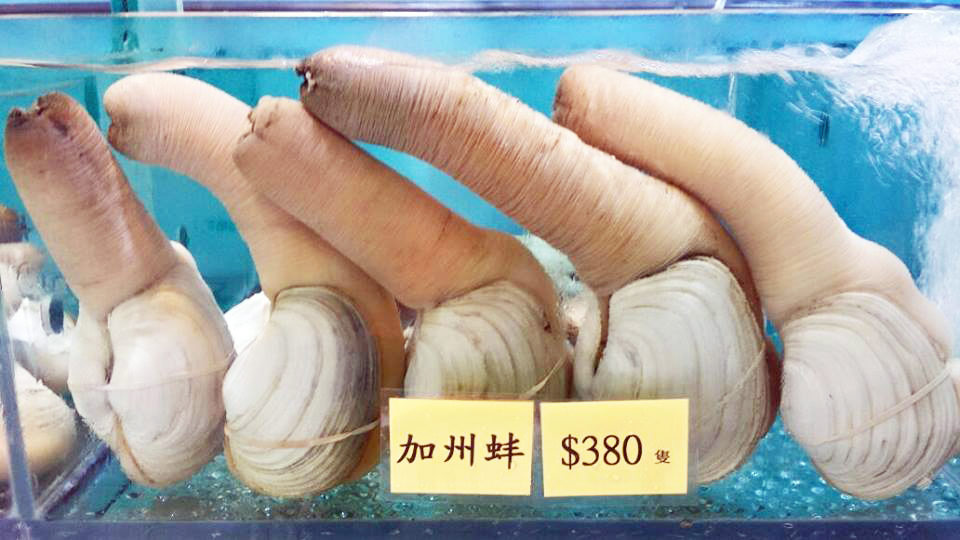
1501583492000
The Ultimate Weird Food Guide to Hong Kong | 15 Weird Eats from the Eating Adventures team
The Eating Adventures team loves exploring Hong Kong to find the weirdest and tastiest food. Here is the our ultimate guide of 15 of the weirdest foods that you can find in Hong Kong. Turtle jelly, snake soup, chicken testicles, geoduck, horse sashimi and more!
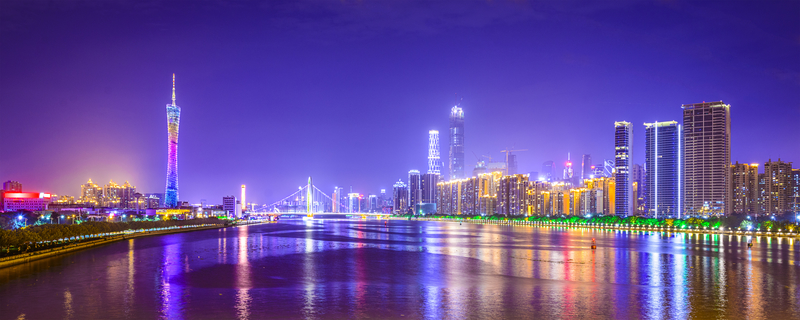
1561347680000
144 hour visa free transit for Guangzhou and Shenzhen
Are you considering a layover in Guangzhou or Shenzhen? Well now you may be able to visit enjoy a visa free transit for up to 144 hours! Starting from 1st May 2019, travellers from 53 countries can transit through Guangdong province, China to a third country or region without buying a Chinese via. You will probably find this most useful for China Southern layovers when flying into Guangzhou or Shenzhen international airports, but the rules are actually a bit more flexible than that. Who is eligible for the 144-hour visa free transit in Guangdong China? Travellers from one of the 53 eligible countries listed below can take a visa free transit in Guangzhou, Zhenshen and the rest of Guangdong province: Schengen area countries: Austria, Belgium, Czech Republic, Denmark, Estonia, Finland, France, Germany, Greece, Hungary, Iceland, Italy, Latvia, Lithuania, Luxembourg, Malta, Netherlands, Poland, Portugal, Slovakia, Slovenia, Spain, Sweden, SwitzerlandOther countries in Europe: Russia, the United Kingdom, Ireland, Cyprus, Bulgaria, Romania, Ukraine, Serbia, Croatia, Bosnia-Herzegovina, Montenegro, Macedonia (FYROM), Albania, Monaco, BelarusNorth and South America: the United States, Canada, Brazil, Mexico, Argentina, ChileOceania: Australia, New ZealandAsia: Korea, Japan, Singapore, BruneiMiddle East: United Arab Emirates, QatarWhere must you enter for a visa free transit in Guangdong, China?You will need to enter from one of the three ports – Guangzhou Baiyun Airport Shenzhen Bao’an Airport Jieyang Chaoshan Airport and importantly, you must hold a confirmed onward ticket to a third country or region. Hong Kong and Macau are considered as third territories. Where must you exit on a visa free transit in Guangdong, China?If you want to get a 144 hour visa free transit for Guangzhou, Shenzhen or anywhere else in Guangdong, China, you will need to exit from one of the 32 designated ports –AirportsGuangzhou Baiyun AirportShenzhen Baoan AirportJieyang Chaoshan AirportMeizhou AirportZhejiang AirportRailway stationsGuangzhou Tianhe – Guangzhou East Railway StationDongguan – Changping Railway StationFoshan – Foshan Railway StationZhaoqing – Zhaoqing Railway StationLand portsShenzhen: Shatoujiao, Wenjindu, Huanggang, Luohu, Shenzhen Bay, Futian Zhuhai: Gongbei, HengqinSea portsGuangzhou: Port of Guangzhou, Nansha Port, Lianhuashan PortShenzhen: Shekou Port, Fuyong Port (in Shenzhen airport)Zhuhai: Jiuzhou Port, Wanzai Port, Wanshan Port, Doumen PortJiangmen: Port of JiangmenHeshan: Port of HeshanFoshan: Gaoming Port, Ronqi Port Zhongshan: Port of Zhongshan Dongguan: Humen Port How does this differ to the previous 72 hour visa free entry?Previously, foreigners from 45 countries were able to get a 72 hour visa free entry. However this was restricted to entering and exiting from Guangzhou Baiyun Airport. How do I apply for the 144-hour Temporary Entry Permit to Guangdong?Upon arrival at the airport, go to Temporary Entry Permit Application counter.Fill in the application form.Present your passport which needs to have more than 3 month validity and a confirmed onward ticket to a third country or region. Please note that both flights must have no stopovers of any kind within Mainland China. Where can I travel on a 144 hour visa free entry and how long can I stay?The 6-day stay starts from midnight the day following the date of arrival. You are allowed to travel anywhere within Guangdong province (this includes, Guangzhou, Shenzhen, Foshan, Dongguan, Zhuhai, Jiangmen, Qingyuan and many smaller cities).Chinese visa rules can change rapidly. Please check with your local Chinese consulate prior to travel. Don't travel without a visa just because we said you could! About Eating AdventuresEating Adventures offers walking food tours in Guangzhou. Explore the backstreets of Guangzhou and gain an appreciation for this fantastic city and its world famous chinese cuisine. Guangzhou tours led by true local licensed tour guides (strictly no expats, no unlicensed guides). All our guides are fluent in Cantonese, the local dialect.If you are looking for inspiration for what to do on a stopover, check out our Guangzhou Travel Guide. Dont forget, you cannot access Google, Facebook and Whatsapp in China, so you might need to purchase a VPN connection prior to travel to get around this. We use Panda VPN.
The Best ways to travel from Hong Kong To Guangzhou
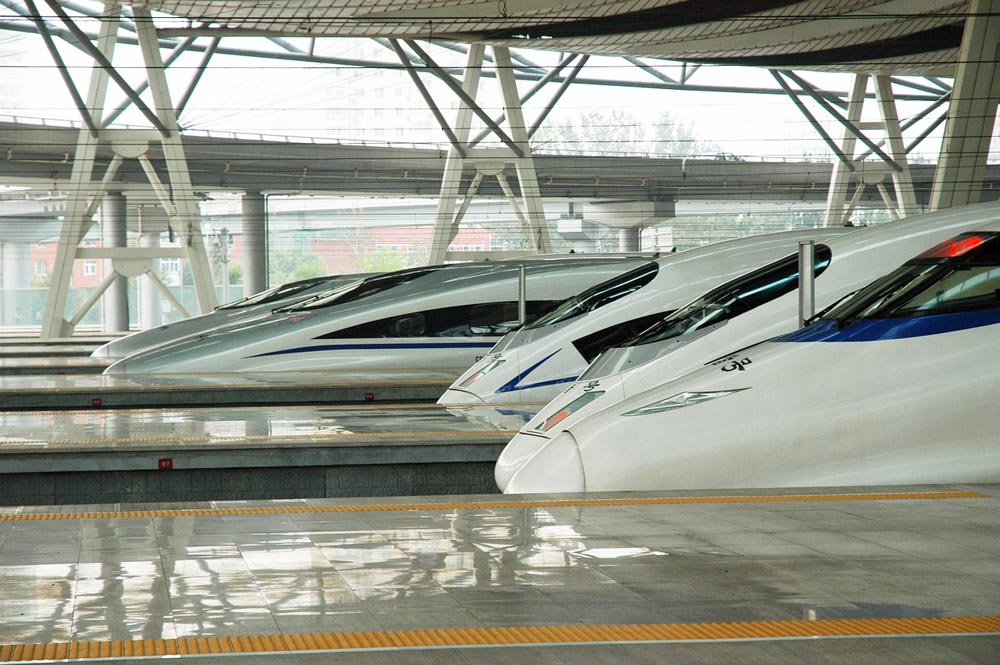
One of the most common questions we get asked is how to travel from Hong Kong to Guangzhou. These two cities are a must for any foodie, but travelling between them can confuse even a local. So if you are on your way to one of our Hong Kong Food Tours or Guangzhou Food Tours, or maybe just a business trip :) - here are our four Best Ways to Travel between Hong Kong and Guangzhou.
The Shenzhen to Guangzhou High Speed Train
By far our preferred way to Travel between Hong Kong and Guangzhou is using the high speed train starting in Shenzhen. For some reason travelling like this even has the locals apprehensive, but I cannot understand why. This is the cheapest and quickest method with the least hassles. Our only advice would be that this may not be the most comfortable way to travel if you have a large amount of luggage or young children.
To travel between Hong Kong and Guangzhou using the high speed train starting in Shenzen you need to first take the MTR to Lo Wu. The travel time from Hung Hom is around 45 minutes (but you can hop on this line at any point that is convenient for you).
The Lo Wu MTR station is connected with China Immigration and it here that you will exit Hong Kong and enter mainland China - just follow the signs. Also, make sure you have a visa for China!
Once you have passed through China Immigration, you are now in Shenzhen. To get to the train station you need to exit the immigration building and just continue walking straight. Shenzhen railway station is located in the large building that you will see on your left. It is about a 5 minute walk, and again, just follow the signs. Unless you have a chinese ID card, you will need to buy a train ticket to Guangzhou East from one of the ticket counters. You will have a choice between first class and second class. The cost is RMB79.5 for a second class seat and RMB 99.5 for first class.
The best part of travelling between Hong Kong and Guangzhou this way is that the high speed trains in Shenzhen depart roughly every 10 - 15 minutes and there is no need to pre purchase tickets. If you have pre purchased tickets and you are early or late, you can just hop on the next train (but you may have to stand). Definitely the most efficient way to travel.
From Guangzhou East you can take the MTR or a taxi to your final destination.
Advantages of using the Shenzhen high speed train:
- It is the cheapest way to travel between Hong Kong and Guangzhou
- It can be the most stress free way to travel, trains run every 10 minutes or so
- It is almost as fast as the new Hong Kong to Guangzhou High Speed train (depending on where in Guangzhou you are travelling from/to).
Disadvantages of using the Shenzhen high speed train:
- Not a comfortable way to travel if you have a lot of luggage
- Not recommended if you are a family with young children.
The NEW Hong Kong to Guangzhou High Speed Train!
The new Hong Kong to Guangzhou high speed rail link commenced operations in September 2018. The high speed trains connect Hong Kong Kowloon West station with Guangzhou South station in only 48 minutes. This is definitely the fastest direct route between the cities and with more than 30 services a day it is also much more convenient than the old and infrequent Kowloon to Guangzhou East Intercity service.
Where does the Hong Kong to Guangzhou High Speed Train depart from?
The train departs from a new station called Kowloon West station, which is located between Austin and Kowloon MTR stations. You can walk to Kowloon West from Austin and Kowloon MTR stations.
Where does the Hong Kong to Guangzhou High Speed Train arrive?
The train arrives at Guangzhou South, which is on the outer limits of Guangzhou city. You will then need to travel by Metro or brave the traffic and travel by taxi to your final destination in Guangzhou.
Where can you buy tickets for the Hong Kong to Guangzhou High Speed Train and what does it costs?
You can buy tickets for the high speed train online conveniently using Klook - however tickets need too be collected at Kowloon West Station. If you are starting in Guangzhou you can buy tickets at any mainland China train station. Tickets start prices start at RMB215 for second class adult tickets and up to RMB452 for Business Class.
Advantages of the new Hong Kong to Guangzhou High Speed Train
- Its FAST and comfortable
- Frequent departures
- A good option if you have luggage or children.
- You can travel direct from Hong Kong to other mainland cities such as Shanghai and Beijing.
- Its easy to connect to the Hong Kong Airport Express train.
Disadvantages of the new Hong Kong to Guangzhou High Speed Train
- The main disadvantage is that it arrives at Guangzhou South which is 30 - 40 minutes by Metro from central parts of Guangzhou. Time saved using the new high speed train can be quickly lost while you stand on a congested Metro service to get to downtown Guangzhou.
- More expensive than other options.
The Hong Kong to Guangzhou Through Train
The Hong Kong to Guangzhou Through train use to be the most common way for foreigners to Travel between Hong Kong and Guangzhou. Not to be confused with the new High Speed Train, the intercity through train is a slower but relaxing way to travel between the two cities.
There are 12 trains per day in each direction between Hung Hom in Hong Kong and Guangzhou East. The process is similar to catching an flight, you need to be at the train station 45 minutes prior to departure. You will then be ushered through a process of waiting to queue for immigration and then being held in a waiting room before boarding the train. Once on the train you can sit back and relax, 2 hours later you will be in Guangzhou.
The Intercity through train is the easiest way to travel if you have a large amount of luggage, or if you are a nervous traveller, but the process to board the train is so slow that it is not the fastest or most flexible way to travel between the two cities. If you miss your train, it can be a long wait until the next train, and this line frequently has delays and disruptions.
The Intercity through train costs $HK210 for adults and $105 for children in first class (which is the normal class). Three of the departures on this line have a different train which also includes a premium class. The premium class costs $HK250 and is well worth the cost from our experience.
Advantages of the Intercity Through Train
- A good option if you have heavy luggage
- A simple trip if you are a nervous traveller
- Easier for families
- It arrives in a central part of Guangzhou.
Disadvantage of the Intercity Through Train
- Less flexible than the Shenzhen high speed train (think - similar to the stress of catching a flight)
- Slower and less convenient than the new Hong Kong to Guangzhou High speed train.
- You have to start or finish your journey at Hung Hom
For a full list of departure times see below: